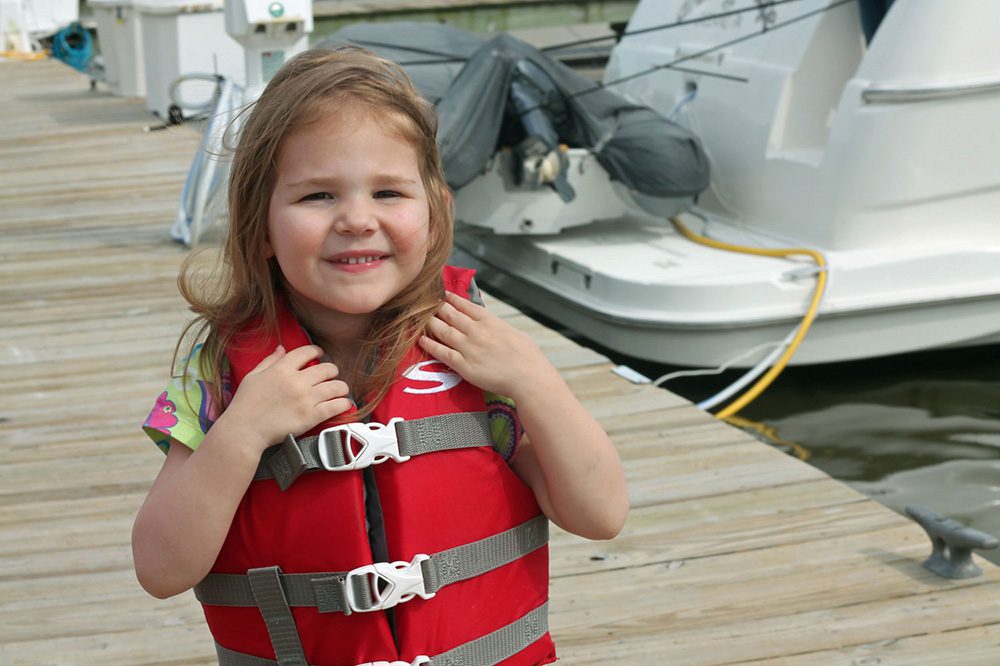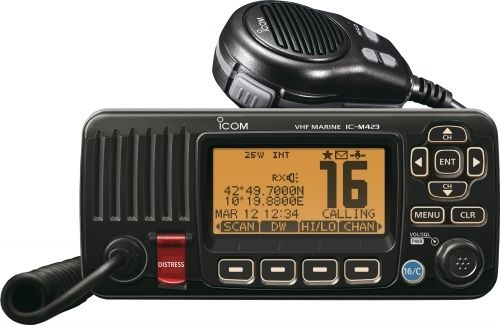Boating is a fun and adventurous activity, but as with any pursuit, it’s essential to be prepared for the unexpected. Having a VHF (Very High Frequency) radio on board is crucial for maintaining communication during emergencies, whether you’re faced with a life-threatening situation or something less severe. In this blog post, we’ll discuss the importance of VHF radios and explore the basics of using them during emergencies, including Mayday, Pan-Pan, and Securite calls.
The Importance of VHF Radios on Boats
Emergency Communication: VHF radios allow for reliable communication in times of need, enabling you to connect with nearby vessels, maritime authorities, and emergency services such as the Coast Guard.
Weather Updates: VHF radios also provide access to real-time weather information, which can be critical for making informed decisions during an emergency.
Line-of-sight Communication: Due to the nature of VHF radio waves, they offer clear and strong line-of-sight communication, making them ideal for use in marine environments where clear communication is essential.
Essential VHF Radio Calls: Mayday, Pan-Pan, and Securite
Mayday Call: A Mayday call is reserved for life-threatening emergencies that require immediate assistance. It should be broadcast on channel 16 (156.8 MHz), the international distress frequency. The Mayday call should include the following information:
- Say “Mayday” three times.
- Identify your vessel by stating its name, call sign, and MMSI number (if applicable).
- Describe the nature of your emergency.
- Provide your location.
- State the number of people on board and any injuries.
- Repeat the call until you receive a response or the situation is resolved.
Pan-Pan Call: A Pan-Pan call is used when there is an urgent situation that is not life-threatening but requires assistance. Similar to a Mayday call, it should be broadcast on channel 16. The Pan-Pan call should include the following information:
- Say “Pan-Pan” three times.
- Identify your vessel by stating its name, call sign, and MMSI number (if applicable).
- Describe the nature of your emergency.
- Provide your location.
- State the number of people on board and any injuries.
- Repeat the call until you receive a response or the situation is resolved.
Securite Call: A Securite call is used to transmit important safety information or navigational warnings to other vessels in the area. This call should also be broadcast on channel 16. The Securite call should include the following information:
- Say “Securite” three times.
- Identify your vessel by stating its name, call sign, and MMSI number (if applicable).
- Describe the safety information or navigational warning.
- Provide your location and any other pertinent details.
Keep the family safe by making sure you have a working VHF

Understanding the importance of VHF radios and the appropriate use of Mayday, Pan-Pan, and Securite calls during emergencies can make all the difference when navigating the waters. Familiarize yourself with the operation of your VHF radio and practice using it under non-emergency conditions to ensure you’re well-prepared for any situation you may encounter. Safe boating means being prepared, and a VHF radio is a vital part of your safety toolkit.

